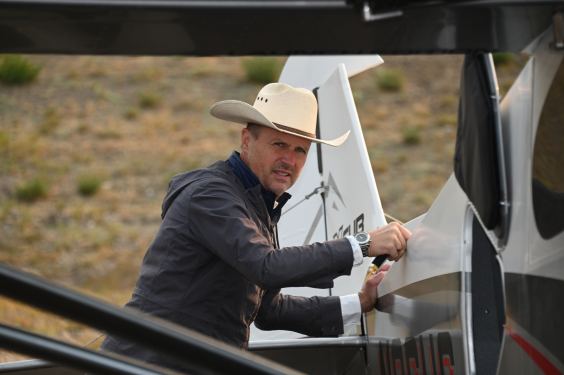As self-driving cars continue to advance, cities across the United States are facing a pressing issue: how to regulate and govern these autonomous vehicles (AVs). While California has taken steps towards creating a framework for AV testing, Texas has emerged as a hub for robotaxi companies like Cruise and Waymo. However, this rapid growth has left local authorities scrambling to keep up with the pace of innovation.
The State of Autonomous Vehicle Regulation in Texas
In 2021, Texas passed HB 100, which gave the state the power to regulate ride-hail companies, including those operating autonomous vehicles. This legislation also prohibited cities from regulating AVs, effectively handing over control to the state government. The bill’s proponents argued that this would create a more uniform and streamlined process for deploying AVs across the state.
However, critics argue that this approach has left cities like Austin and Houston struggling to address safety concerns and public outcry over the proliferation of robotaxis on their streets. With the Texas legislature set to reconvene in January 2025, city officials are racing against the clock to push for changes at the state level.
The Battle for Regulation: Cities vs. State Government
Austin City Council member Zo Qadri has been vocal about his concerns regarding the deployment of AVs on public roads. "AV technology has advanced a lot faster than some doubters would have expected, but the fact is that it’s still not ready for prime time," he said in an interview with TechCrunch. Qadri believes that cities should be given more control over the testing and deployment of AVs, rather than relying on state government regulations.
Meanwhile, Governor Greg Abbott has shown little interest in revisiting HB 100 or implementing stricter regulations on AVs. This has left cities to explore other avenues for regulating robotaxis.
A Glimmer of Hope: Local Enforcement Options
While the state government may be resistant to changes, local authorities have found an alternative way to exert their influence over robotaxi companies. In Texas, any traffic violations committed by an AV are considered the responsibility of the vehicle’s owner – in this case, the company operating the robotaxi.
This means that cities can now issue tickets and fines to AVs for reckless driving, maintenance issues, or other infractions. Local police departments have begun targeting robotaxis with more aggressive enforcement, issuing citations for even minor transgressions.
A Future of Regulated Robotaxis
As the debate over autonomous vehicle regulation continues, one thing is clear: cities will play a crucial role in shaping the future of AVs. With the Texas legislature set to reconvene in 2025, city officials are calling on Governor Abbott and state lawmakers to revisit HB 100 and give local authorities more control over AV testing and deployment.
Ultimately, the success of autonomous vehicles will depend on their ability to operate safely and efficiently within complex urban environments. As cities like Austin and Houston work to regulate robotaxis, they may be paving the way for a future where self-driving cars are not only ubiquitous but also accountable to local communities.
Topics:
- Autonomous Vehicles
- Cruise
- Robotaxi
- Texas
- Transportation
Rebecca Bellan: Senior Reporter, Transportation. Rebecca covers transportation for TechCrunch, with a focus on micromobility, EVs, AVs, smart cities, AI, sustainability, and more.
Newsletter:
- Subscribe to TechCrunch Daily News for the latest industry news every weekday and Sunday.
- Stay up-to-date on the latest advancements in aerospace with TechCrunch Space, delivered every Monday.
- Get our best coverage of startups and entrepreneurship delivered weekly with Startups Weekly.



